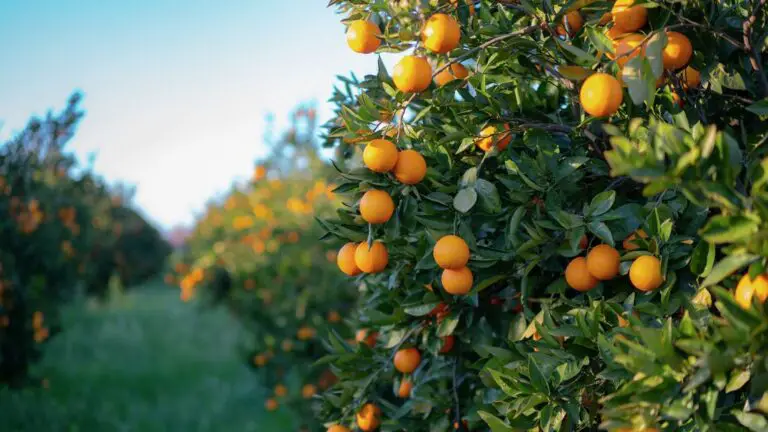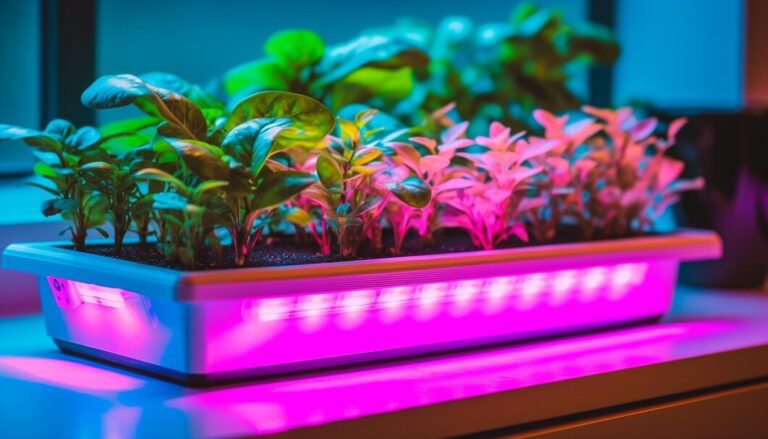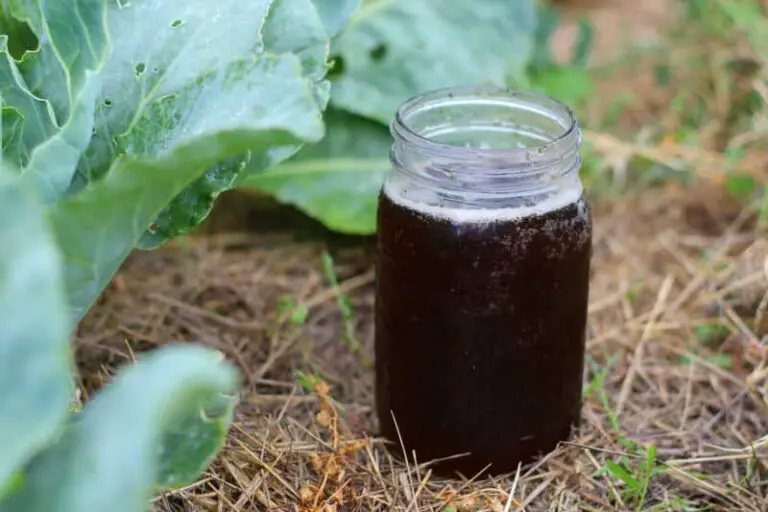Coffee Grounds: Super Maximizing Garden Soil Enhancement
Table of Contents
Benefits of Adding Coffee Grounds to Garden Soil
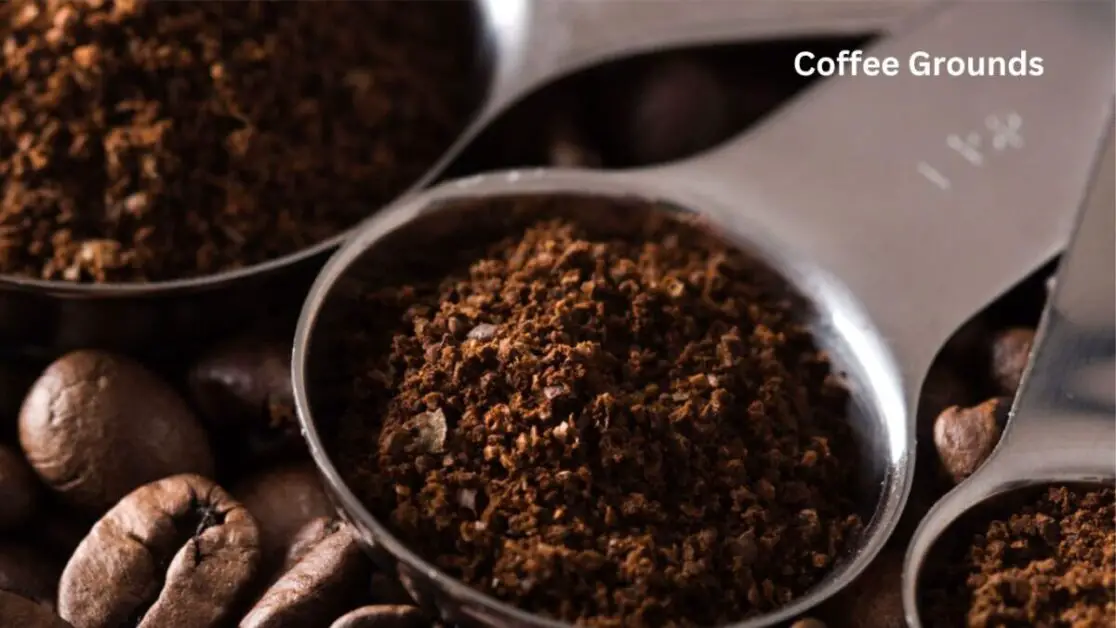
Coffee grounds are a versatile and readily available resource that can be a valuable addition to garden soil. When used correctly, coffee grounds offer several benefits that can help improve soil quality and plant growth. One of the key advantages of adding coffee grounds to garden soil is their ability to provide essential nutrients such as nitrogen, potassium, phosphorus, and trace minerals. These nutrients can contribute to healthier and more robust plant growth, promoting vibrant foliage and bountiful blooms.
In addition to their nutritional value, coffee grounds can also help enhance soil structure by improving aeration and water retention. The organic matter in coffee grounds can aid in creating a well-balanced soil environment that fosters beneficial microorganisms and earthworm activity. This in turn can lead to better drainage, reduced compaction, and increased soil fertility, ultimately supporting the overall health and vitality of plants in the garden.
How Coffee Grounds Improve Soil Quality
Coffee grounds are a valuable addition to garden soil due to their ability to enhance soil quality in various ways. Firstly, coffee grounds are rich in organic matter, which helps improve soil structure by increasing its ability to hold water and nutrients. This promotes better root development and overall plant growth. Additionally, coffee grounds contain essential nutrients such as nitrogen, potassium, phosphorus, and calcium, which are gradually released into the soil as they decompose. These nutrients are crucial for the healthy growth of plants and contribute to the overall fertility of the soil.
Moreover, the presence of coffee grounds in the soil can attract earthworms, which play a vital role in soil aeration and nutrient cycling. Earthworm activity helps break down organic matter further, making nutrients more accessible to plants. As a result, incorporating coffee grounds into garden soil not only boosts its nutritional content but also promotes a thriving ecosystem underground, leading to healthier and more resilient plants above ground.
Best Practices for Using Coffee Grounds in the Garden
When using coffee sediment in your garden, it is important to follow a few best practices to ensure that you maximize their benefits. Firstly, it is recommended to mix the coffee grounds into the soil rather than just placing them on top. This helps in the breakdown of the grounds and prevents them from forming a barrier that water and nutrients struggle to penetrate. Additionally, it is advisable to let the coffee sediment dry out before applying them to the soil to prevent mold growth and potential issues with nitrogen release.
Another best practice is to use coffee grounds in moderation. While coffee sediment can be beneficial for soil health, using too much can have negative effects due to their acidic nature. It is recommended to start with a small amount and observe how your plants respond before increasing the quantity. Additionally, it is important to source your coffee sediment from organic sources to avoid any contamination from pesticides or chemicals that could harm your garden plants.
Types of Plants that Benefit from Coffee sediment in Soil
Coffee sediment can be a beneficial addition to the soil for a variety of plants, thanks to their rich nutrient content and ability to improve soil structure. Plants that prefer acidic soil, such as azaleas, rhododendrons, blueberries, and camellias, can benefit greatly from the addition of coffee sediment. These plants thrive in soil with a pH level between 4.5 and 6.0, making the slightly acidic nature of coffee sediment an ideal match for their growth requirements. Furthermore, coffee sediment also contain valuable nutrients like nitrogen, potassium, phosphorus, and other micronutrients that are essential for the healthy development of these acid-loving plants.
In addition to acid-loving plants, certain vegetable crops can also benefit from the use of coffee sediment in the soil. Vegetables such as tomatoes, peppers, carrots, and radishes can thrive with the help of coffee sediment due to their nutrient-rich composition. The organic matter present in coffee sediment helps to enhance soil fertility, improve water retention, and promote beneficial microbial activity, all of which are crucial for the successful cultivation of vegetables. By incorporating coffee sediment into the soil, gardeners can create a more conducive environment for their vegetable plants to grow and produce bountiful harvests.
How to Compost Coffee sediment for Garden Use

When composting coffee sediment for garden use, it’s essential to blend them with other organic materials to create a balanced mix that benefits your plants. Coffee sediment are rich in nitrogen, an essential nutrient for plant growth, but they can be acidic. Combining them with carbon-rich materials, such as dried leaves or straw, can help balance the pH levels and create a more nutrient-rich compost for your garden.
Additionally, it’s important to turn the compost pile regularly to ensure proper aeration and decomposition of the coffee sediment. This process helps speed up the breakdown of the materials, allowing the nutrients to be released gradually into the soil. By following these practices, you can effectively compost coffee grounds and create a nutrient-dense fertilizer for your garden plants to thrive.
Potential Risks of Using Coffee sediment in Garden Soil
Coffee sediment can be a valuable addition to garden soil, but there are some potential risks to consider. One important factor is the acidity of coffee grounds, which can vary depending on the type of coffee and brewing method used. Excessive acidity in the soil can negatively impact certain plants that prefer a more neutral pH level. It’s essential to test the pH of your soil regularly when using coffee sediment to ensure it remains within the optimal range for your plants.
Another potential risk of using coffee grounds in garden soil is the potential for mold growth. Coffee sediment are rich in organic matter, which can attract mold and fungus if not properly managed. To reduce the risk of mold growth, avoid adding large amounts of coffee sediment at once and always mix them thoroughly into the soil to promote proper aeration. Monitoring the moisture levels in your soil is also crucial to prevent mold development when using coffee sediment .
Tips for Avoiding Common Mistakes when Using Coffee sediment in the Garden
When using coffee sediment in your garden, it’s essential to avoid common mistakes to maximize their benefits. One common error is adding coffee grounds directly to the soil without composting them first. Uncomposted coffee sediment can be too acidic, potentially harming your plants rather than helping them. It’s crucial to mix coffee sediment with other compost materials to balance the pH level before incorporating them into your garden soil.
Another mistake to avoid is using an excessive amount of coffee sediment in your garden. While coffee sediment can enrich the soil with nitrogen and other nutrients, too much of a good thing can lead to imbalances that may negatively impact plant growth. To prevent this, experiment with different ratios of coffee sediment to find the optimal mix that works well for your specific plants and soil conditions.
Incorporating Coffee sediment into Different Types of Garden Beds
When considering incorporating coffee sediment into different types of garden beds, it’s essential to understand the impact they can have on the soil and the plants grown in them. Raised garden beds, for instance, are ideal for utilizing coffee sediment as they help improve drainage and aeration. The addition of coffee grounds can also enhance the soil’s nutrient content, promoting healthier plant growth and better overall yields.
For traditional in-ground garden beds, mixing coffee sediment into the soil can help boost organic matter levels and improve soil structure. This can lead to increased microbial activity, which aids in nutrient uptake by plants. However, it’s important to avoid overapplication of coffee sediment as they can raise the acidity levels of the soil over time, potentially causing issues for plants that prefer neutral pH levels.
The Science Behind Why Coffee sediment are Beneficial for Soil
Coffee grounds are rich in nitrogen, a crucial nutrient for plant growth and development. When coffee sediment are incorporated into soil, they contribute to the soil’s nitrogen content, promoting lush foliage and healthy root systems. Nitrogen is a primary component of chlorophyll, the pigment responsible for plants’ green color and essential for photosynthesis, the process through which plants convert sunlight into energy.
In addition to nitrogen, coffee sediment also contain other essential minerals such as phosphorus and potassium, vital for overall plant health. These minerals help improve soil structure, encourage robust root growth, and enhance nutrient uptake by the plants. The organic matter present in coffee sediment aids in moisture retention and promotes beneficial microbial activity in the soil, further enhancing its fertility and supporting plant growth.
Using Coffee Grounds as a Natural Fertilizer in the Garden
Coffee sediment can be a valuable and natural fertilizer for your garden, providing a variety of benefits to your plants. Rich in nitrogen, one of the essential macronutrients for plant growth, coffee sediment can help promote healthy foliage and overall plant development. Additionally, coffee grounds contain other important nutrients like potassium, magnesium, and phosphorus, which are vital for plant health.
When used as a fertilizer, coffee sediment can also help improve soil structure, aiding in water retention and enhancing microbial activity. This can lead to better nutrient uptake by plants and increased soil fertility over time. By incorporating coffee sediment into your garden soil, you can create a sustainable and eco-friendly way to boost the health and productivity of your plants.
How Coffee sediment Can Help Improve Drainage in Soil
Coffee sediment can play a crucial role in enhancing soil drainage within your garden beds. By incorporating coffee sediment into the soil, you can help create a more porous and aerated environment, allowing water to flow more freely and prevent waterlogging. This improved drainage not only benefits the plants by preventing root rot and other water-related issues but also enhances overall soil structure for healthier plant growth.
Additionally, the organic matter in coffee sediment helps attract beneficial earthworms and microorganisms, which further aids in maintaining optimal soil drainage. As earthworms tunnel through the soil, they create passageways that promote water infiltration and root penetration. This natural process, facilitated by the presence of coffee sediment , contributes to a balanced soil ecosystem that supports plant development and overall garden health.
Maximizing the Nutritional Benefits of Coffee sediment for Plants
Coffee sediment are a valuable resource for enhancing the nutritional value of soil in gardens. Their rich composition of essential nutrients such as nitrogen, potassium, phosphorus, and other micronutrients makes them a beneficial addition to plant growth. When incorporated into the soil, coffee sediment can help improve soil structure, promote microbial activity, and enhance nutrient availability for plants, leading to healthier and more vibrant growth.
To maximize the nutritional benefits of coffee grounds for plants, it is important to use them in moderation and in combination with other organic matter. Creating a balanced mix of coffee sediment with compost materials like kitchen scraps, yard waste, and other organic inputs can ensure a well-rounded nutrient profile for plants. Experimenting with different ratios of coffee sediment in garden soil can help determine the optimal blend for specific plant types and soil conditions, leading to improved overall plant health and productivity.
Creating a Balanced Mix of Coffee sediment and Other Compost Materials for Garden Soil
To create a balanced mix of coffee grounds and other compost materials for garden soil, it is essential to understand the needs of your plants and the nutrient composition of different organic matter. Coffee sediment are an excellent source of nitrogen, but they also contain trace amounts of other essential nutrients like potassium, phosphorus, and micronutrients. When combining coffee sediment with other compost materials such as kitchen scraps, leaf litter, or grass clippings, you can create a well-rounded blend that provides a diverse array of nutrients for your plants.
By experimenting with different ratios of coffee sediment and other compost materials, you can tailor the mix to suit the specific requirements of your garden. For example, nitrogen-loving plants like leafy greens and brassicas may benefit from a higher proportion of coffee sediment in the mix, while plants that prefer more balanced nutrients, such as tomatoes or peppers, may thrive with a more even distribution of compost materials. It is important to monitor the health and growth of your plants when using a new mix to ensure that they are receiving the necessary nourishment for optimal development.
Experimenting with Different Ratios of Coffee sediment in Garden Soil
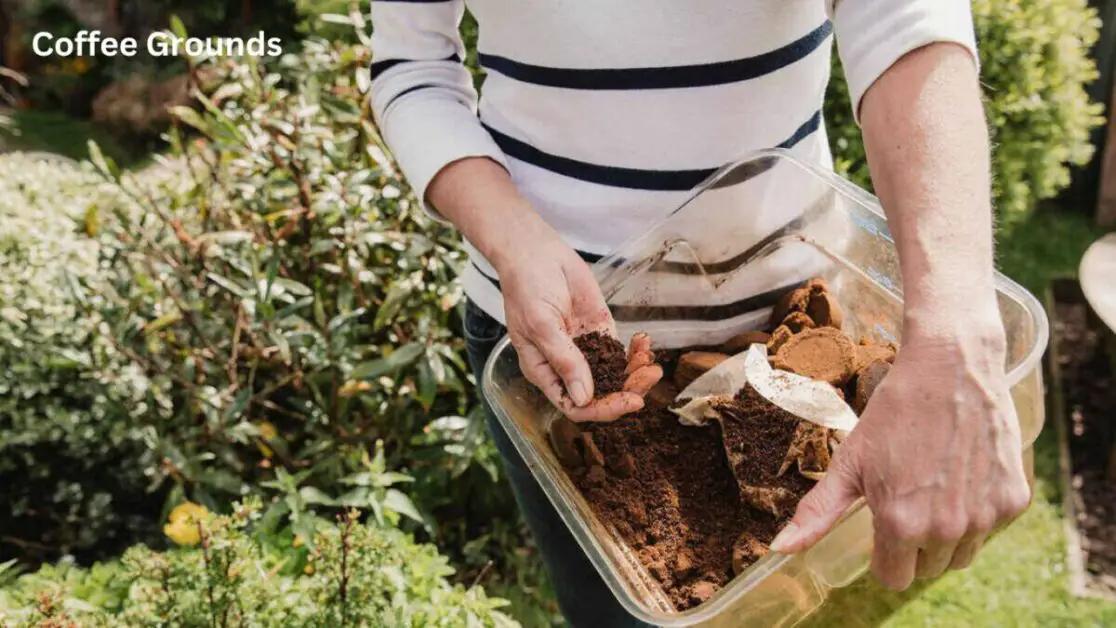
When experimenting with different ratios of coffee sediment in garden soil, it is crucial to understand the impact of these grounds on plant growth. The ratio of coffee grounds added to soil can significantly affect the pH level, nutrient availability, and overall health of plants. By varying the ratios of coffee sediment in soil, gardeners can observe how plants respond to different levels of nitrogen, potassium, and other essential elements provided by the grounds.
Moreover, the texture and structure of the soil can be influenced by the addition of coffee grounds in varying amounts. Different ratios of coffee grounds can impact water retention, drainage, aeration, and microbial activity in the soil. By testing and adjusting the ratios of coffee grounds in garden soil, gardeners can tailor the mix to meet the specific needs of different plants, soil types, and growing conditions. Experimentation with different ratios offers a hands-on approach to understanding the intricate relationship between coffee sediment and soil composition.
Here’s a simple table about coffee sediment:
| Aspect | Information |
|---|---|
| Type | Arabica, Robusta, or a blend |
| Roast Level | Light, Medium, Dark |
| Grind Size | Coarse, Medium, Fine |
| Aroma | Earthy, Nutty, Fruity, Spicy, Floral |
| Flavor Notes | Chocolate, Caramel, Citrus, Nutty, etc. |
| Brewing Methods | Espresso, French Press, Drip, Pour Over |
| Caffeine Content | High for Robusta, Moderate for Arabica |
| Shelf Life | Freshness decreases after grinding |
| Environmental Impact | Biodegradable, compostable |
This table provides a basic overview of some key aspects of coffee sediment, including their types, characteristics, brewing methods, and environmental impact.
The Environmental Impact of Reusing Coffee sediment in the Garden
Coffee grounds can have a positive impact on the environment when reused in the garden. By incorporating coffee sediment into soil, you can help reduce waste sent to landfills. According to the Environmental Protection Agency, organic waste, including coffee sediment , accounts for a significant portion of municipal solid waste. Repurposing coffee grounds as a soil amendment not only diverts this waste but also enriches the soil with valuable nutrients, benefiting plant growth.
Additionally, utilizing coffee sediment in the garden can decrease the need for synthetic fertilizers and pesticides. This eco-friendly approach aligns with sustainable gardening practices that aim to minimize the use of chemicals harmful to the environment. Studies have shown that coffee sediment contain essential minerals like nitrogen, potassium, and phosphorus, which are beneficial for plant health. By harnessing the natural fertilizing properties of coffee sediment, gardeners can foster a healthier ecosystem in their gardens while reducing their environmental footprint.
Can coffee grounds attract pests to the garden?
While coffee grounds can attract some pests like slugs and snails, they can also act as a natural deterrent for other pests like ants and cats.
How often should coffee sediment be added to garden soil?
Coffee grounds can be added to garden soil on a regular basis, but it’s best to use them in moderation to avoid over-acidifying the soil.
Are there any plants that should not be grown with coffee in the soil?
Some plants, like tomatoes and blueberries, prefer acidic soil and can benefit from coffee sediment. However, plants that prefer alkaline soil, like lavender, may not thrive with coffee grounds added.
Can coffee sediment be used as a standalone fertilizer for plants?
While coffee sediment do provide some nutrients to plants, they are best used in combination with other compost materials to create a balanced mix of nutrients for the soil.
Are there any alternative ways to reuse coffee in the garden?
Yes, coffee grounds can also be used to make a natural pest repellent spray, added to compost bins, or used as a mulch around plants to help retain moisture in the soil.



